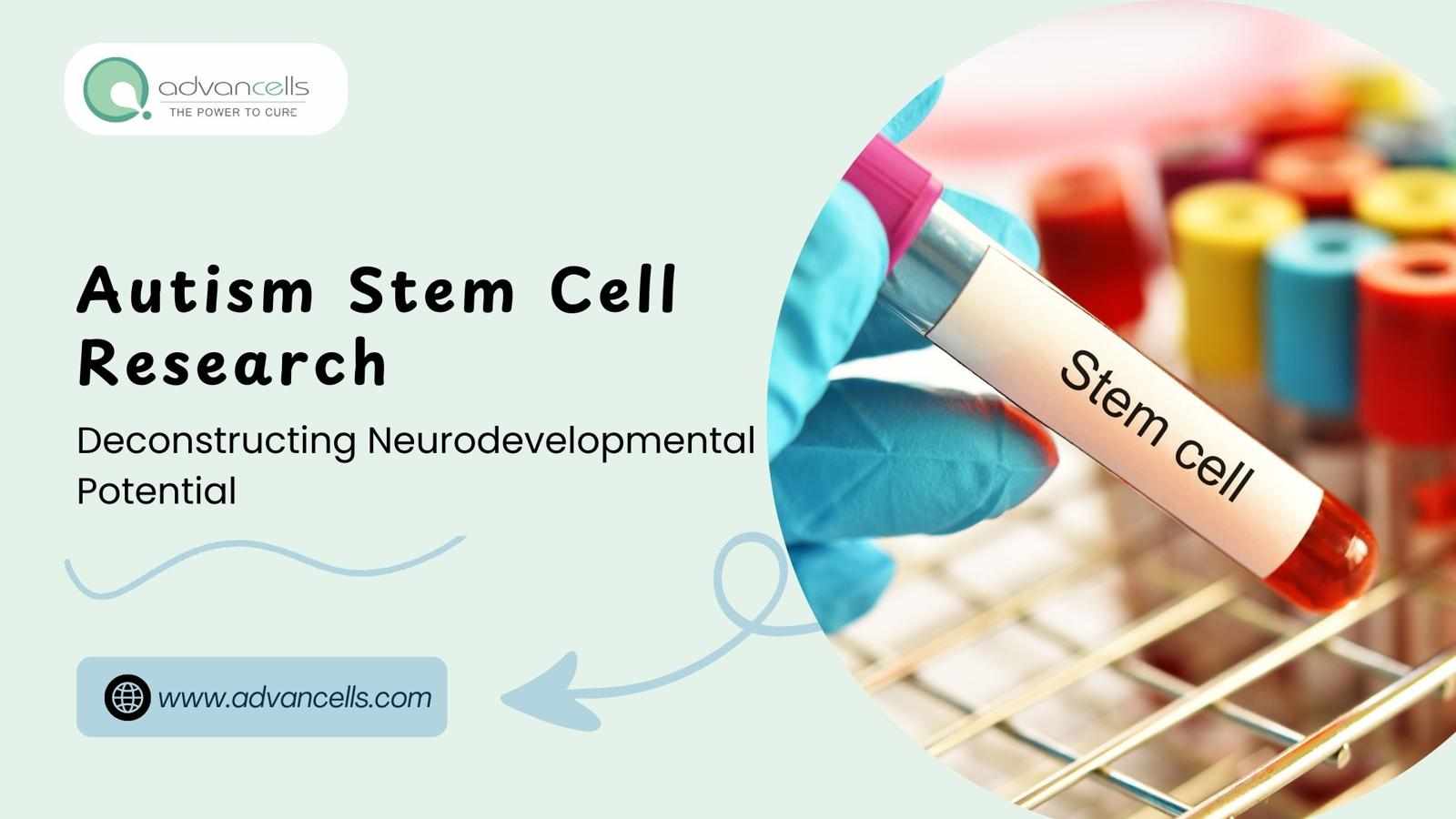
The autism spectrum disorder (ASD) encompasses neurodevelopmental illnesses like Asperger’s syndrome, autism, pervasive developmental disorder- not otherwise specified (PDD-NOS), etc. Autism is the most prevalent among the types of ASD. It compromises social and communication abilities, along with causing stereotypical behaviors. ASD affects approximately 1.5% of the population globally. There is currently no proven method of treating autism, despite a great deal of research. Although the rehabilitative therapies help with everyday functioning, the disorder's fundamental mechanisms do not improve. The rehabilitative therapies offer some relief by improving daily functioning; however, the underlying pathways of the disorder remain unchanged. Scientists are exploring diverse avenues for autism treatment. Among them, stem cell therapy seems the most promising; therefore, autism stem cell research has become a focal point for developing novel therapies.
Symptoms
The symptoms of autism have been categorized into three severity levels, requiring some support to substantial support. These can range from Mild Autism Symptoms to severe symptoms as the autism level increases. The signs are classified as deficits in social skills and behavior.
Symptoms involving communication-
Children tend to avoid eye contact.
Kids do not share interests.
They have difficulties with the back-and-forth of conversation.
Children cannot understand facial expressions, movements, and gestures.
They have trouble understanding another person’s emotions.
Difficulties in adjusting to different social situations is common among them.
They do not participate in imaginative play or making friends is challenging.
Behavior or non-verbal actions may include-
Repetitive or unusual behaviors, such as repeating words or phrases, hand flapping, etc. are common.
Children also show overly focused interests.
They become disturbed by slight changes in a routine.
Autistic children may also show sensitivity to environmental stimuli such as light, sound, temperature, etc.
Autism Stem Cell Research
Autism involves numerous physiological mechanisms, including hormone imbalance, inflammation, mitochondrial malfunction, and weakened immunological response. Therefore, the best treatment should develop neuronal circuits while controlling these reactions. Currently, Autism Stem Cell Research, particularly on mesenchymal stem cells (MSCs), has revealed the following pathways to treat the disorder:
Reduce Neuroinflammation: MSCs alleviate the levels of anti-inflammatory cytokines that lower inflammation in the brain.
Induce Neural Connectivity: MSCs promote nerve cell progenitors to form neural cells and increase connectivity between them.
Enhance blood circulation: MSCs increase the formation of blood vessels, thus elevating the nutrient supply to brain cells.
Stem Cell Therapy- The Most Effective Autism Treatment
There have been many doubts regarding stem cell treatment. But it is the most effective autism treatment. The following are the reasons why-
Root-level Action: The lacunae of the current treatment options are their inability to act on the pathways behind the disorder. However, stem cells address all the pathways behind autism while stimulating neural connectivity.
Scientifically Proven: Clinical studies have shown that treatment with stem cells improves speech and behavior. The severity of autism substantially decreased. These studies also inferred that the treatment does not cause any adverse effects.
Minimally Invasive: The treatment procedure is non-surgical and only uses intravenous infusion of stem cells.
Despite these benefits and clinical evidence, stem cell treatment is not yet approved. This can be attributed to the lack of a standard treatment protocol and large-sized, long-term clinical studies. Scientists are now focused on conducting more structured clinical trials with optimized protocols. Biostar Stem Cell Technology Research Institute has made progress by gaining approval for angel stem cell therapy for autism. Soon, many countries making efforts in this direction will translate the therapy into clinical settings.
Occupational Therapy: A Comprehensive Treatment Plan
There are numerous advantages to using stem cells to treat autism. But when used in conjunction with rehabilitative therapies like occupational therapy, they can produce more significant results. By involving the child in certain tasks, occupational therapy, or OT, encourages the development of everyday life skills. These activities are tailored to the child's unique behavior for maximizing therapeutic benefits. It incorporates sensory integration, motor skill development, emotional regulation, cognitive behavioral approach, participation in play, etc.
What Results can be expected?
While research is still ongoing, early clinical results and patient reports suggest several potential benefits of stem cells combined with occupational therapy:
Increase in eye contact and emotional connection
Decrease in repetitive behaviors such as hand-flapping, or spinning
Improvement in attention span and participation in tasks.
Reduced mood swings, aggression, and anxiety
Deeper sleep patterns
Increase ability of self-care activities
Conclusion
Regenerative medicine has become the new approach to disease treatment. It is especially beneficial for disorders where conventional interventions have a limited impact. Therefore, stem cells have been evaluated for autism. Autism begins at an early age in an individual, affecting the quality of the entire lifespan. Stem cells improve the immune and neurological underpinnings of the disorder. Early clinical trials have also shown promising outcomes. The integration of occupational therapy enhances the overall results and quality of life. However, the standardization of treatment regimen and robust safety studies can propel the inclusion of stem cell therapy in mainstream treatment. Advancells delivers quality-assured stem cells to contribute to developing regenerative medicine for autism treatment.
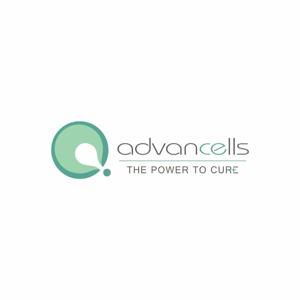
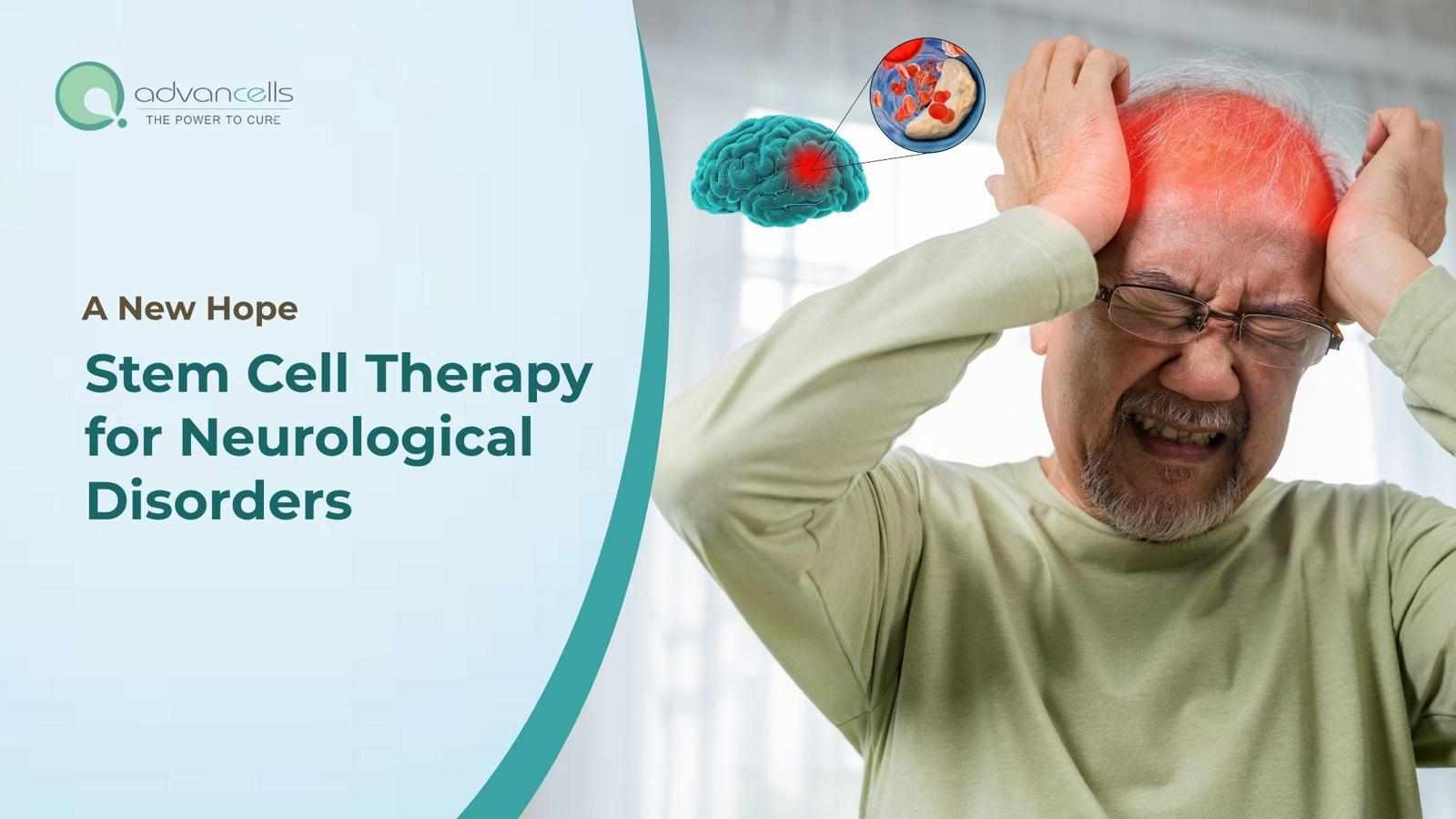
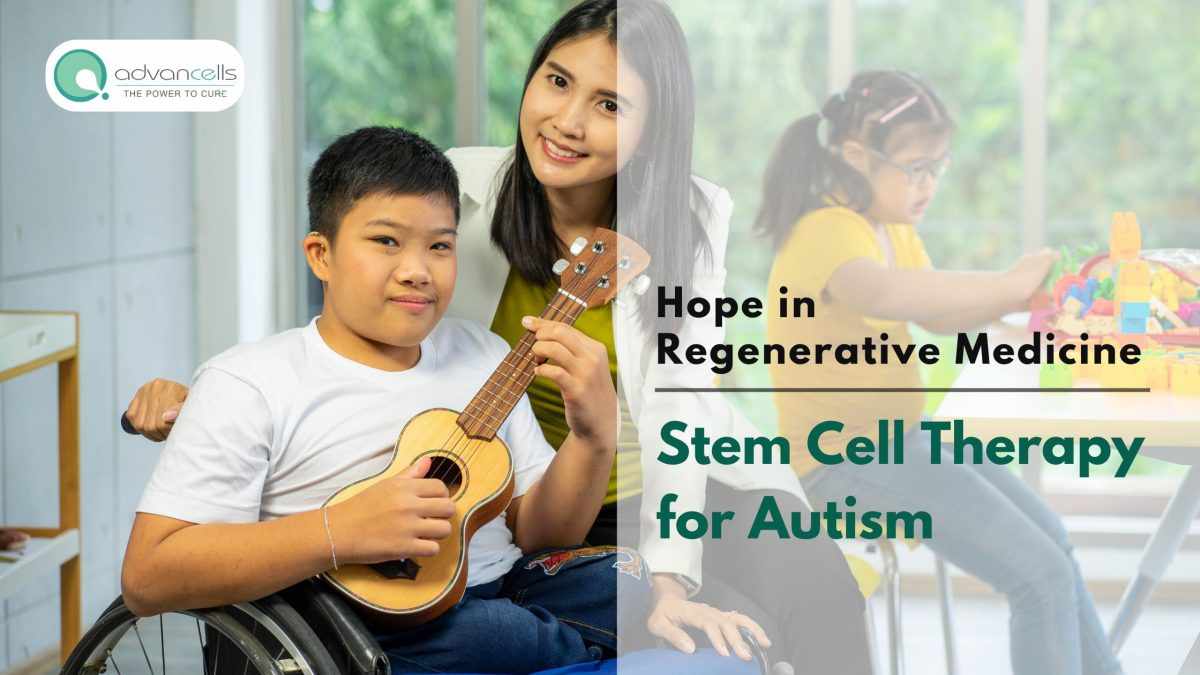
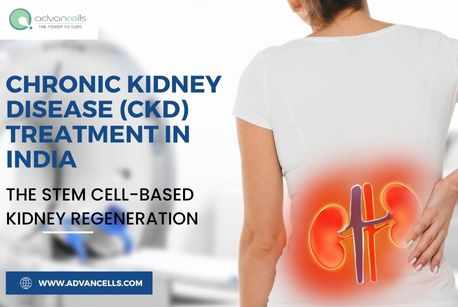
Write a comment ...